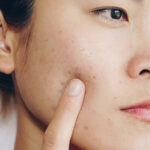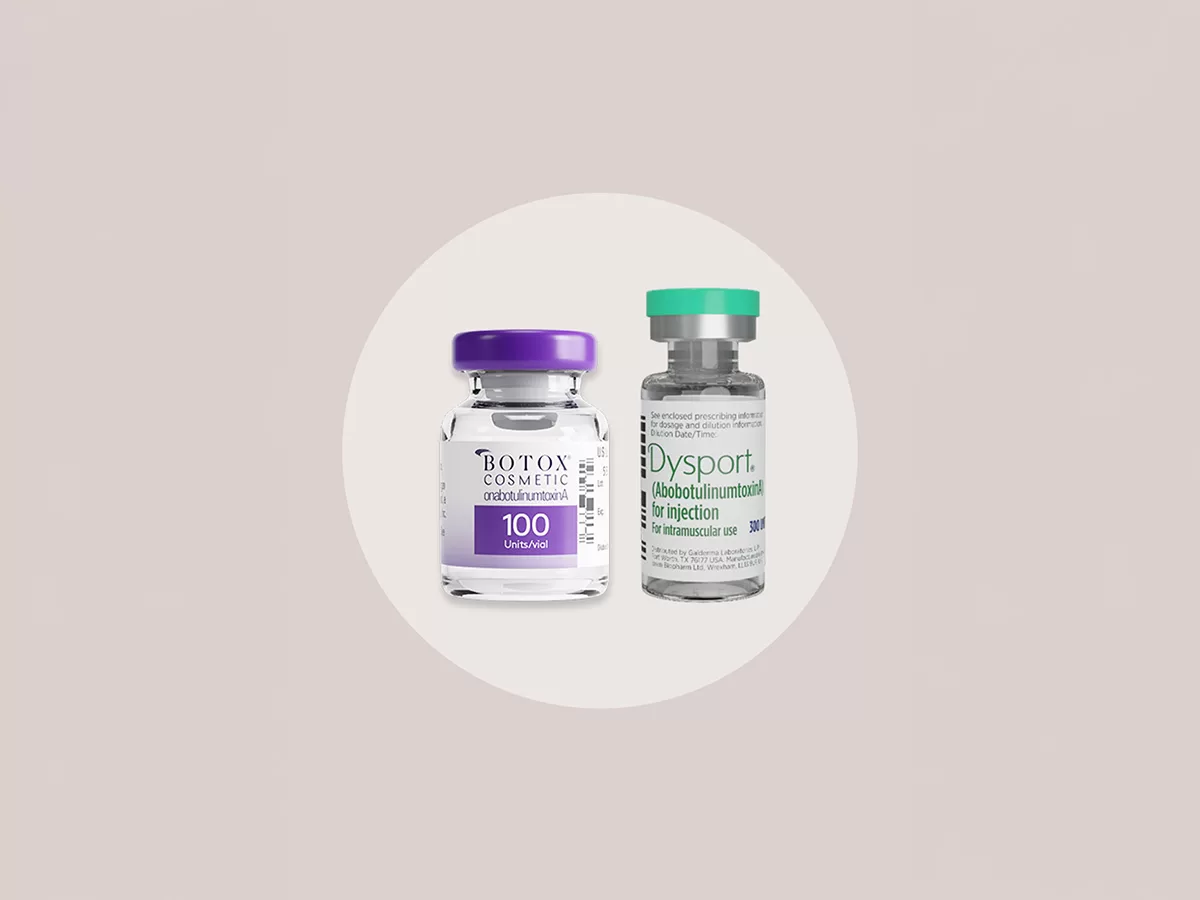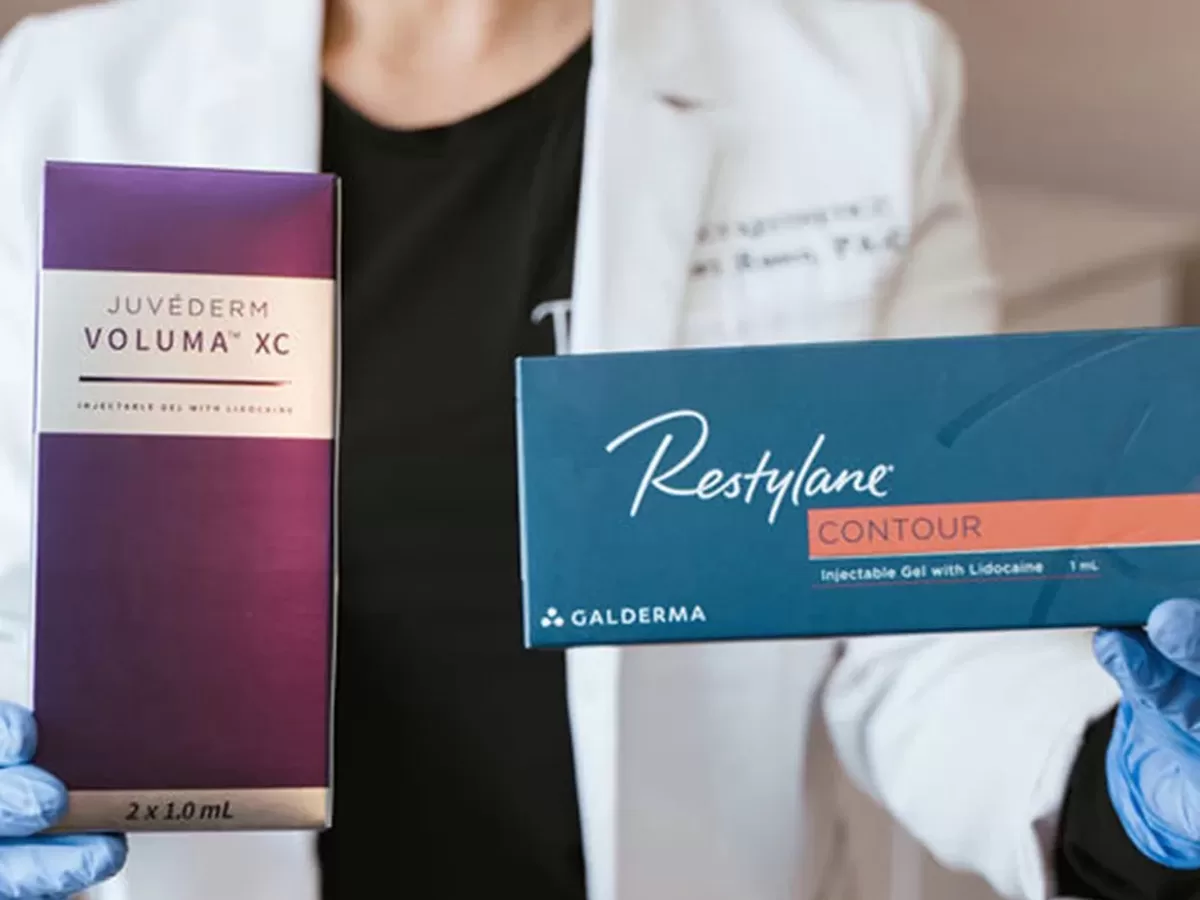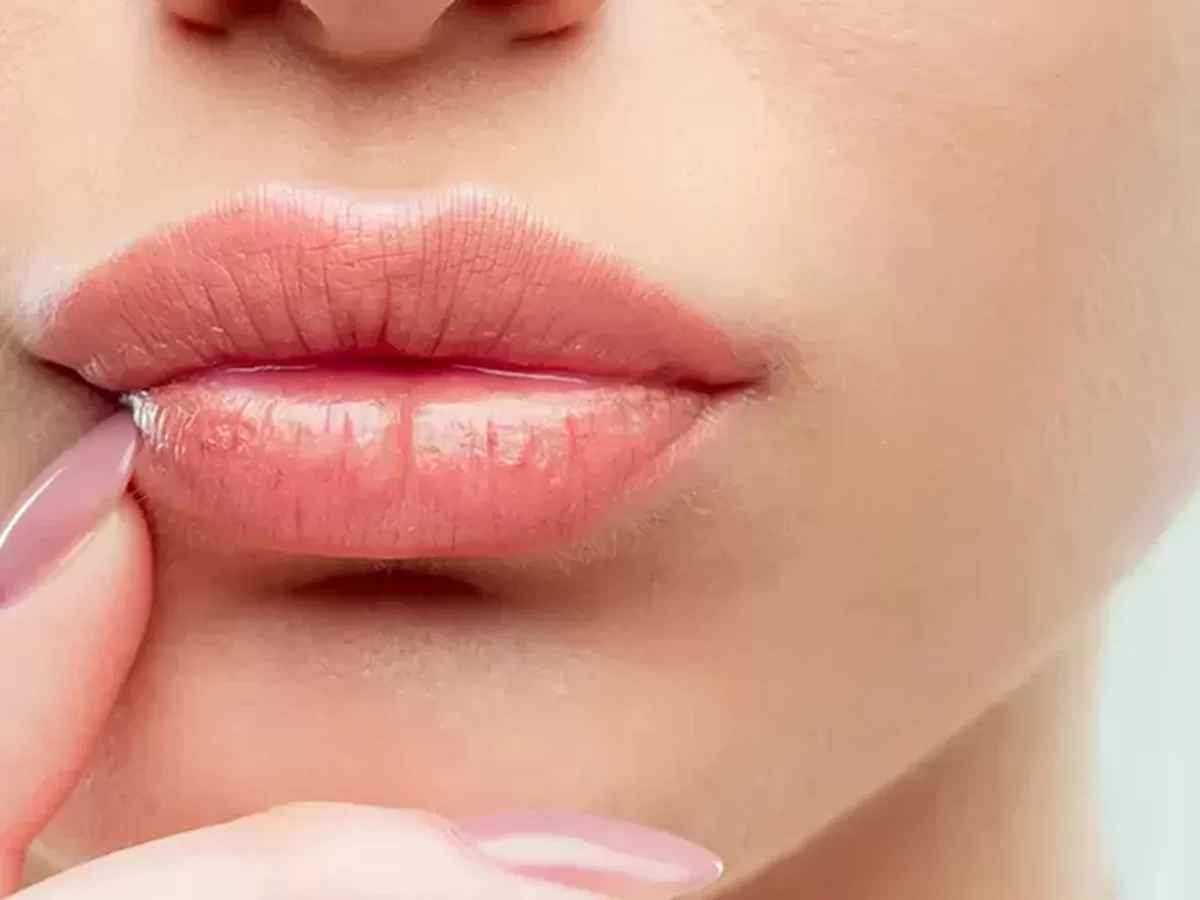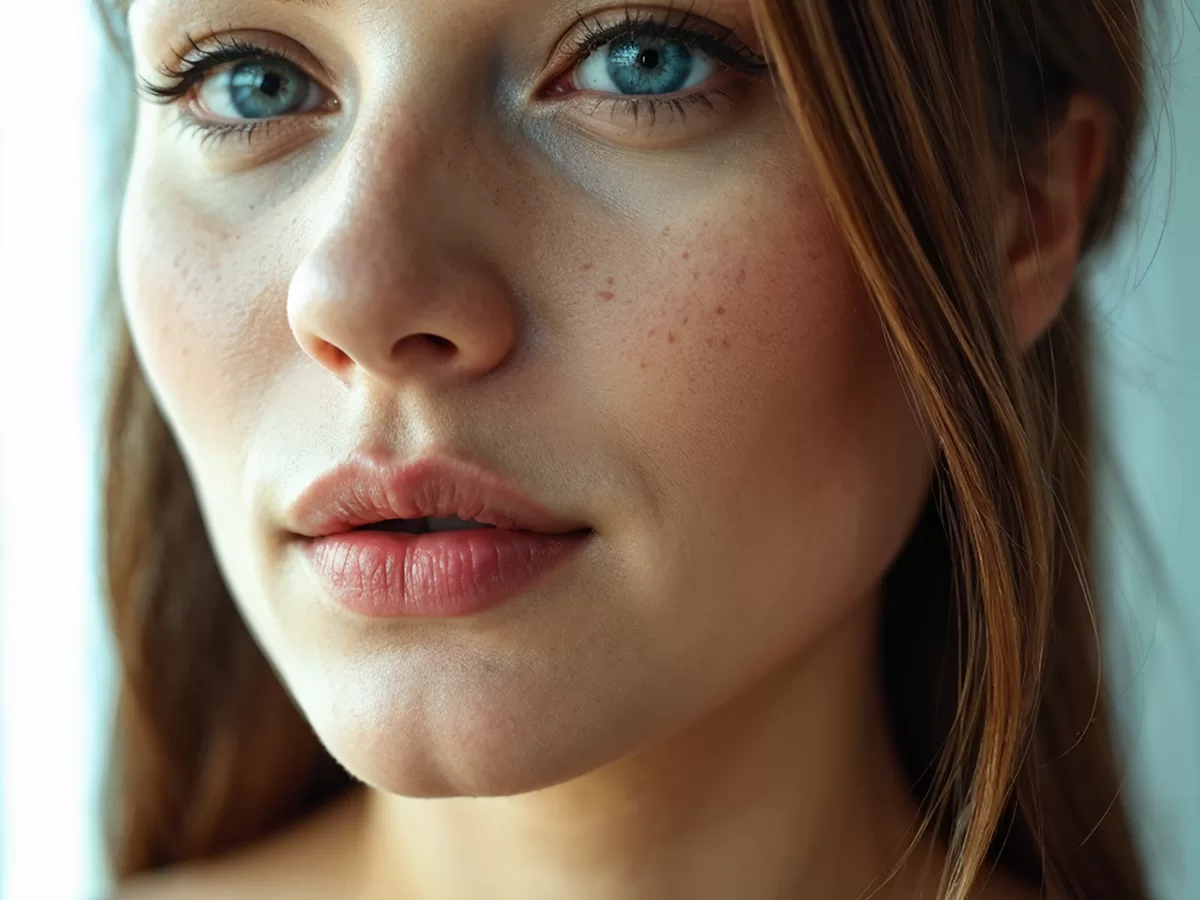At Direct Aesthetics, one of the most common questions we receive is, ‘How long do fillers last?’ The answer isn’t just about the fillers’ physical or chemical properties. The longevity of fillers depends on several factors, including the area of the face being treated, the type of filler used, individual skin characteristics, and even lifestyle choices. Each of these elements plays a vital role in how long the results will last, making the duration of fillers a unique experience for every person.
Longevity of dermal fillers
When patients ask how long their results will last after filler injections, they often confuse the longevity of the filler itself with the duration of the visible effects. Dermal fillers are a versatile tool but it’s important to manage expectations and understand the factors that influence their longevity. This distinction is crucial for setting realistic expectations.
Several factors influence how long a filler lasts after injection:
Filler Material
The composition of the filler plays a significant role. Fillers like hyaluronic acid and collagen have different breakdown rates. For example, hyaluronic acid fillers tend to be absorbed more quickly than some newer synthetic options.
Hyaluronic Acid Fillers: Typically last between 6 to 18 months, depending on their formulation and placement.
Poly-L-Lactic Acid Fillers (e.g., Sculptra): Stimulate collagen production, with results that can last up to 2 years or more but require multiple sessions.
Filler Consistency
The thickness or viscosity of the filler also matters. Thicker fillers, often used for deeper injections or for areas requiring more structure, tend to last longer because they are more resistant to the body’s natural breakdown processes.
Treatment Area
The specific area of the face treated can affect how long the filler lasts. Dynamic areas with more movement, such as the lips or around the mouth, may absorb fillers faster than less active areas like the temples, cheeks or jawline. This is because increased muscle activity can accelerate filler breakdown.
Metabolism
Individual metabolic rates play a crucial role in how quickly the body processes and absorbs the filler. People with faster metabolisms may find that fillers don’t last as long as they do in individuals with slower metabolisms.
Lifestyle Choices
Lifestyle choices play a crucial role in how long dermal fillers last. Behaviors like smoking and overexposure to the sun can speed up filler breakdown. Inadequate skincare routines and poor dietary habits can also negatively impact the longevity of the results. To maximize the benefits of dermal fillers, maintaining a healthy lifestyle—comprising a nutritious diet, regular exercise, and effective skincare—is essential.
Injection Technique
The skill and experience of your aesthetic practitioner are crucial to the success and longevity of dermal fillers. A skilled practitioner precisely administers fillers, ensuring proper placement and integration with your facial structures. This precision prevents issues like overfilling or migration, enhances filler effectiveness, and optimizes its duration.
Proper technique ensures fillers settle well and last longer. Experienced practitioners use advanced methods tailored to different facial areas, minimizing risks such as bruising and swelling. Their expertise helps achieve a natural and balanced look.
Managing expectations
By understanding what influences the longevity of dermal fillers, you can make better decisions and manage your expectations effectively. Although dermal fillers aren’t permanent, they can help you achieve a revitalized and youthful look when used expertly and complemented by a healthy lifestyle.
Setting realistic expectations involves acknowledging that fillers won’t stop aging. They enhance your appearance temporarily, so regular touch-ups are needed to maintain results. Discuss your goals with us at Direct Aesthetics to develop a tailored treatment plan, ensuring optimal and natural-looking outcomes.
Ways to increase the duration of dermal fillers
Fillers naturally start to degrade within the initial months after injection, but because they absorb water, the results remain visible. Around the midpoint of the filler’s expected duration, you may begin to notice a decrease in volume.
Even after the filler is absorbed by the body, you can still enjoy visible facial rejuvenation or contouring results. This is because filler injections can stimulate collagen production in the treated area. As your body produces its own collagen, it helps to restore volume and maintain a youthful appearance naturally.
Want to make your fillers last longer? At Direct Aesthetics, we help you get the most out of your fillers with a proactive, phased approach. Our personalized treatment plans are tailored to extend your results by building and layering fillers over multiple appointments.
Our comprehensive, multi-phase treatment plan is designed to provide enduring results with touch-up treatments scheduled every 9 to 12 months. As the fillers stimulate your body’s natural collagen production, you’ll enjoy longer-lasting effects. This approach not only helps maintain a fresh appearance but also uses less product over time, ensuring a smooth, continuous result without any noticeable gaps.
How long do facial fillers last?
When considering dermal fillers, one of the most common questions is how long the effects will last. The longevity of fillers varies based on the treated facial area and the type of filler used. While our goal is to keep you looking your best year-round, we can offer some general insights into how long fillers typically last depending on the facial treatment area.
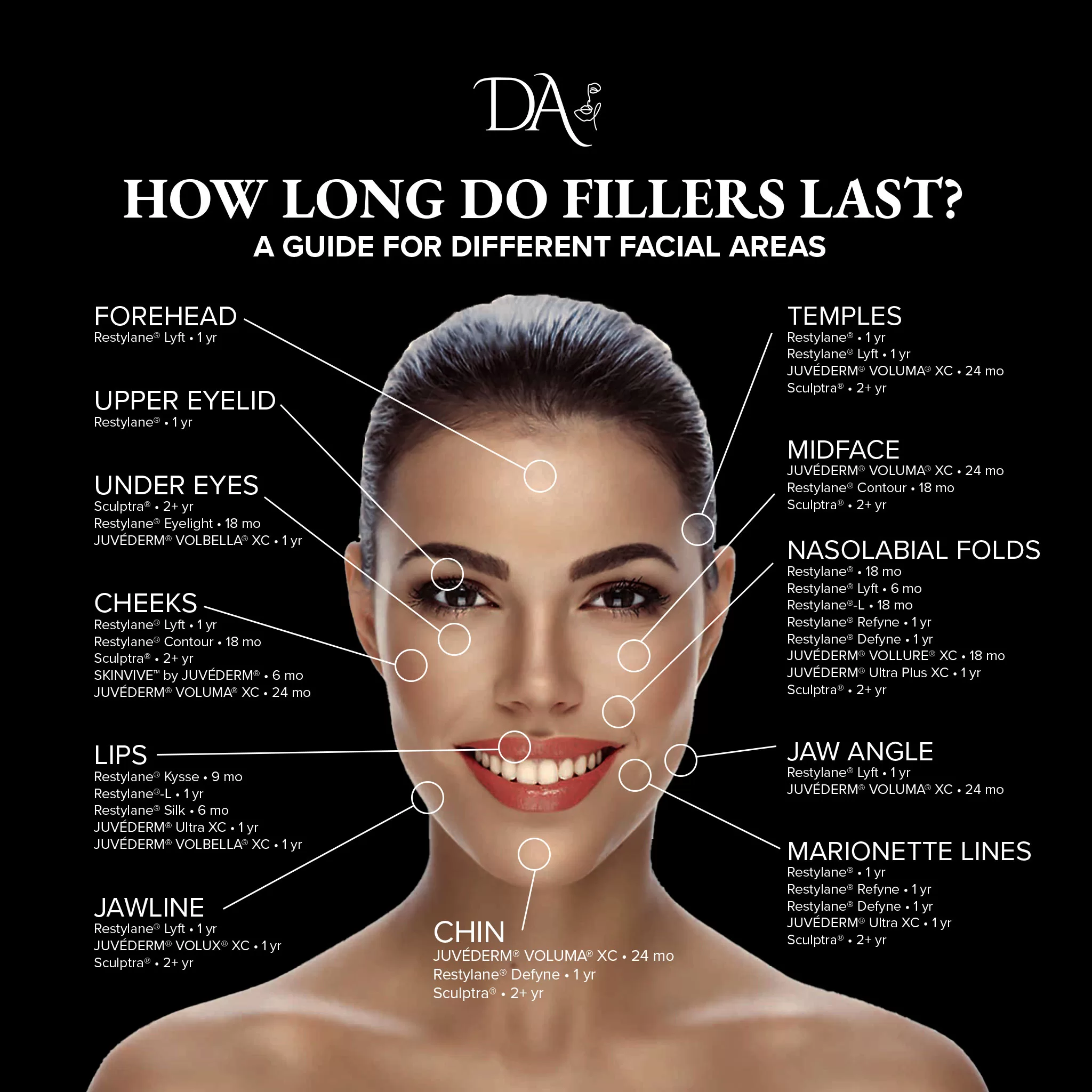
Different facial areas have varying levels of movement and different tissue characteristics, which influence the longevity of filler results. For instance, fillers in highly dynamic areas like the lips may not last as long as those in less active regions such as the cheeks.
Fillers known for their durability, such as those with thicker consistencies or collagen-stimulating properties tend to last longer. For example, hyaluronic acid fillers like Restylane Contour and JUVÉDERM VOLUMA XC or collagen-stimulating fillers like Sculptra typically offer longer-lasting results.
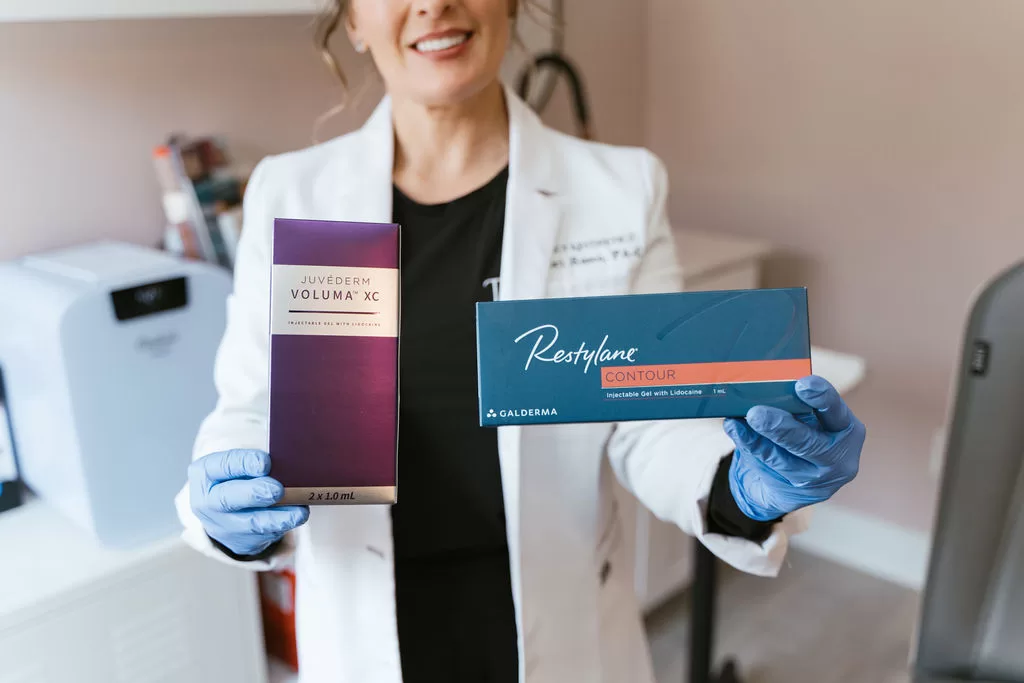
Here’s what you can generally expect regarding filler duration in various areas of the face:
How long do forehead fillers last?
Forehead fillers smooth horizontal lines and wrinkles, with their longevity varying by type and individual factors. Hyaluronic acid fillers like JUVÉDERM and Restylane typically last 6 to 12 months, favored for their natural look but often breaking down faster due to the forehead’s constant movement.
Poly-L-lactic acid fillers such as Sculptra stimulate collagen production, leading to results that can last up to 2 years. However, Sculptra usually requires multiple sessions to achieve the desired effect.
How long do temple fillers last?
Temple fillers are used to restore volume and smoothness to the temples, which can become hollow with age, giving the face a gaunt appearance. Temple fillers generally last between 12 and 24 months, depending on the type of filler used. Hyaluronic acid fillers like JUVÉDERM VOLUMA XC and Restylane Lyft typically last 12 to 18 months, while Sculptra, which stimulates collagen production, can last up to 2 years or more. Regular maintenance, proper skincare, and a healthy lifestyle can enhance the longevity of these treatments.
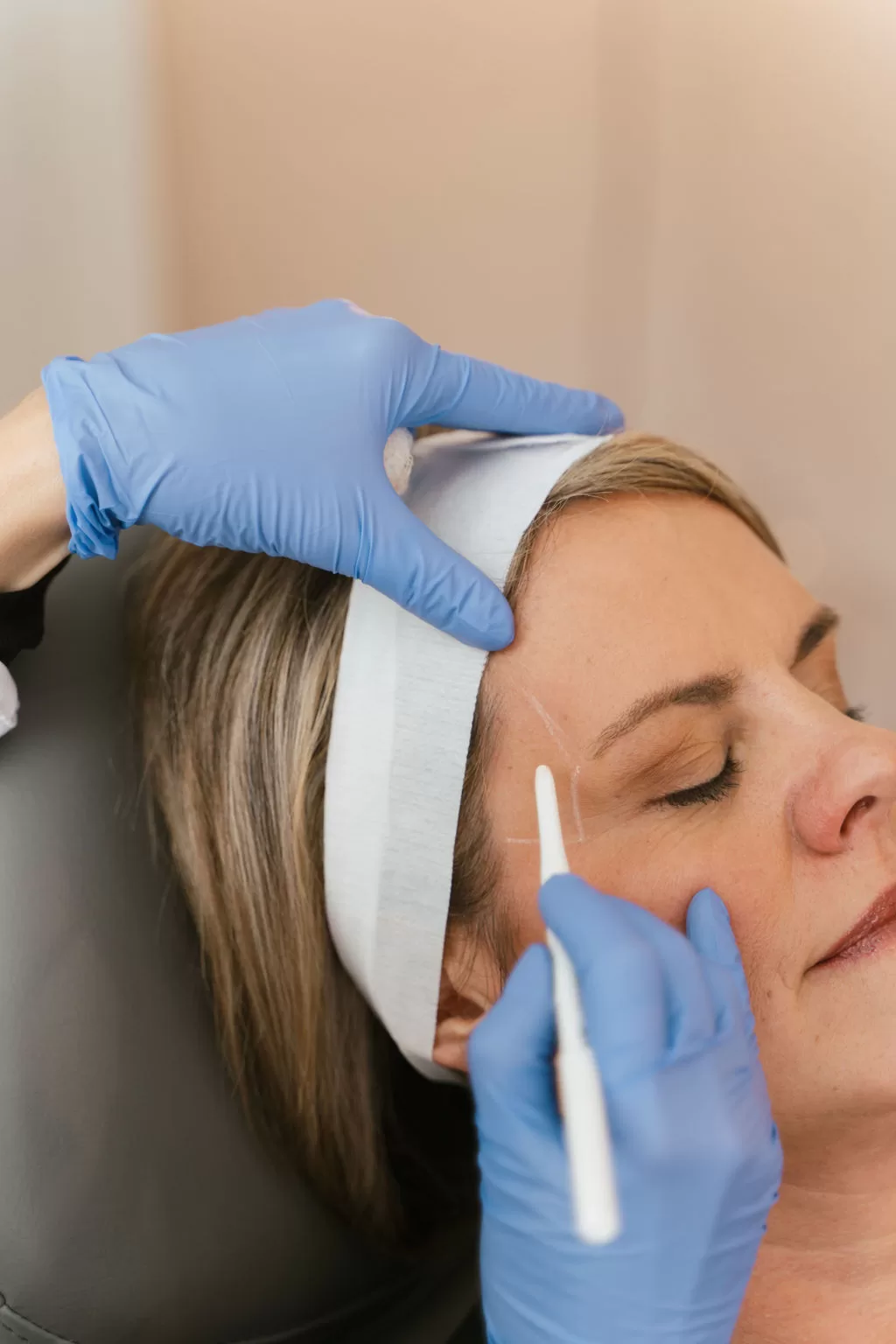
How long do midface fillers last?
Midface fillers are commonly used to enhance the cheeks, lift the midface area, and provide a more youthful contour. Midface fillers generally last between 12 and 24 months, depending on the type of filler used. Hyaluronic acid fillers like JUVÉDERM VOLUMA XC and Restylane Lyft usually last 12 to 18 months, while Sculptra, which stimulates collagen production, can provide results for up to 2 years or more.
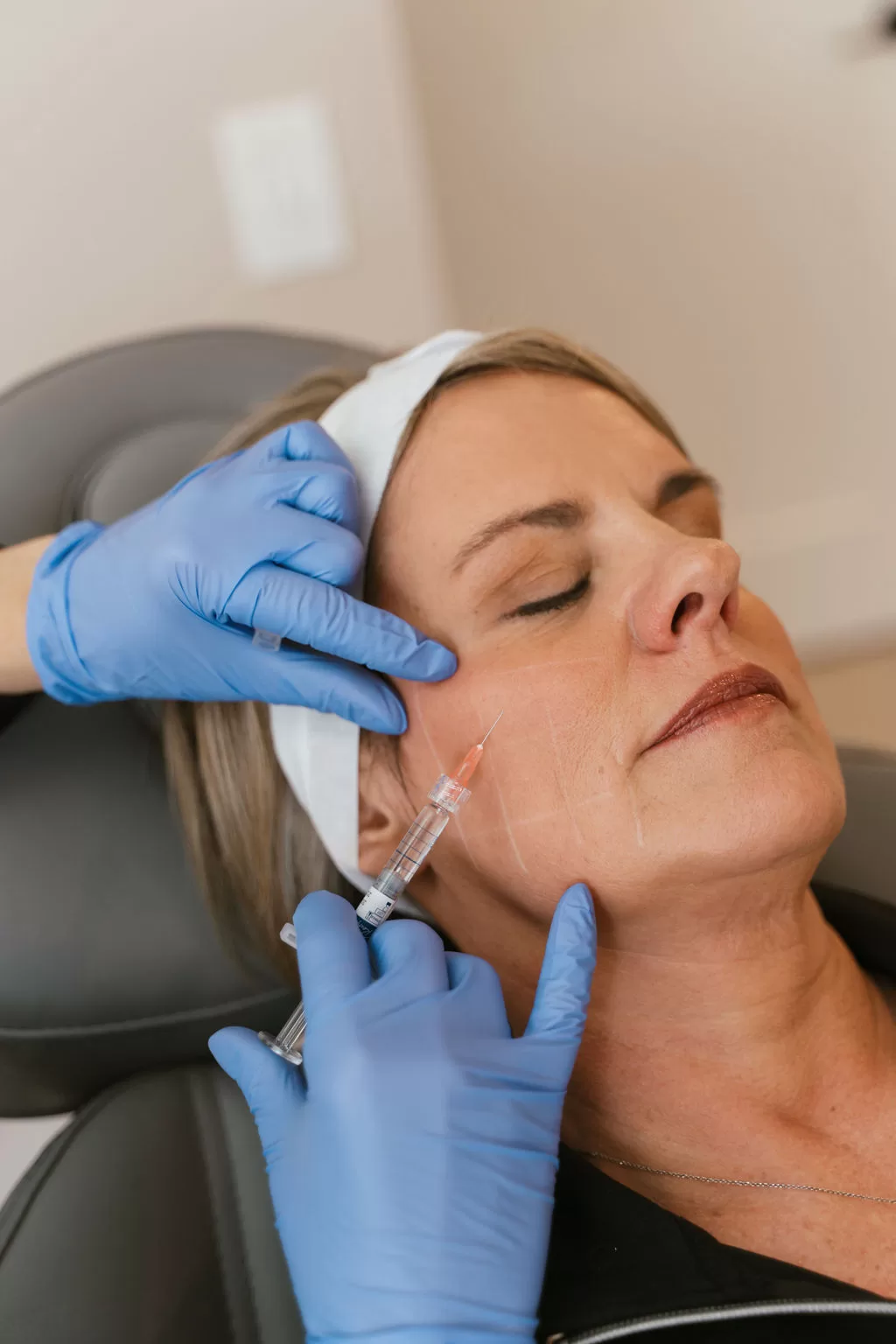
How long do cheek fillers last?
Cheek fillers provide volume and lift, enhancing the midface contour. Hyaluronic acid fillers like JUVÉDERM VOLUMA® can provide results lasting up to 24 months, with a touch-up at 12 months helping to maintain and extend the effects. VOLUMA’s thicker gel consistency offers the necessary lift for a youthful cheek appearance. Sculptra, a collagen stimulator, delivers gradual results that last 2 years or longer. Meanwhile, SKINVIVE™ by JUVÉDERM® has been clinically proven to maintain its effects for up to 6 months with optimal treatment.
How long do nasolabial fold fillers last?
Nasolabial fold fillers are used to smooth the lines that run from the sides of the nose to the corners of the mouth, commonly known as “smile lines.” These fillers can help reduce the appearance of deep folds and restore a youthful contour to the midface.
Hyaluronic acid fillers like Restylane Refyne and Restylane Defyne are popular choices for treating nasolabial folds. Restylane Refyne typically provides results that last between 6 to 12 months, while Restylane Defyne offers a longer duration of 12 to 18 months. These fillers are designed to support natural facial expressions and movement while maintaining their smoothing effect.
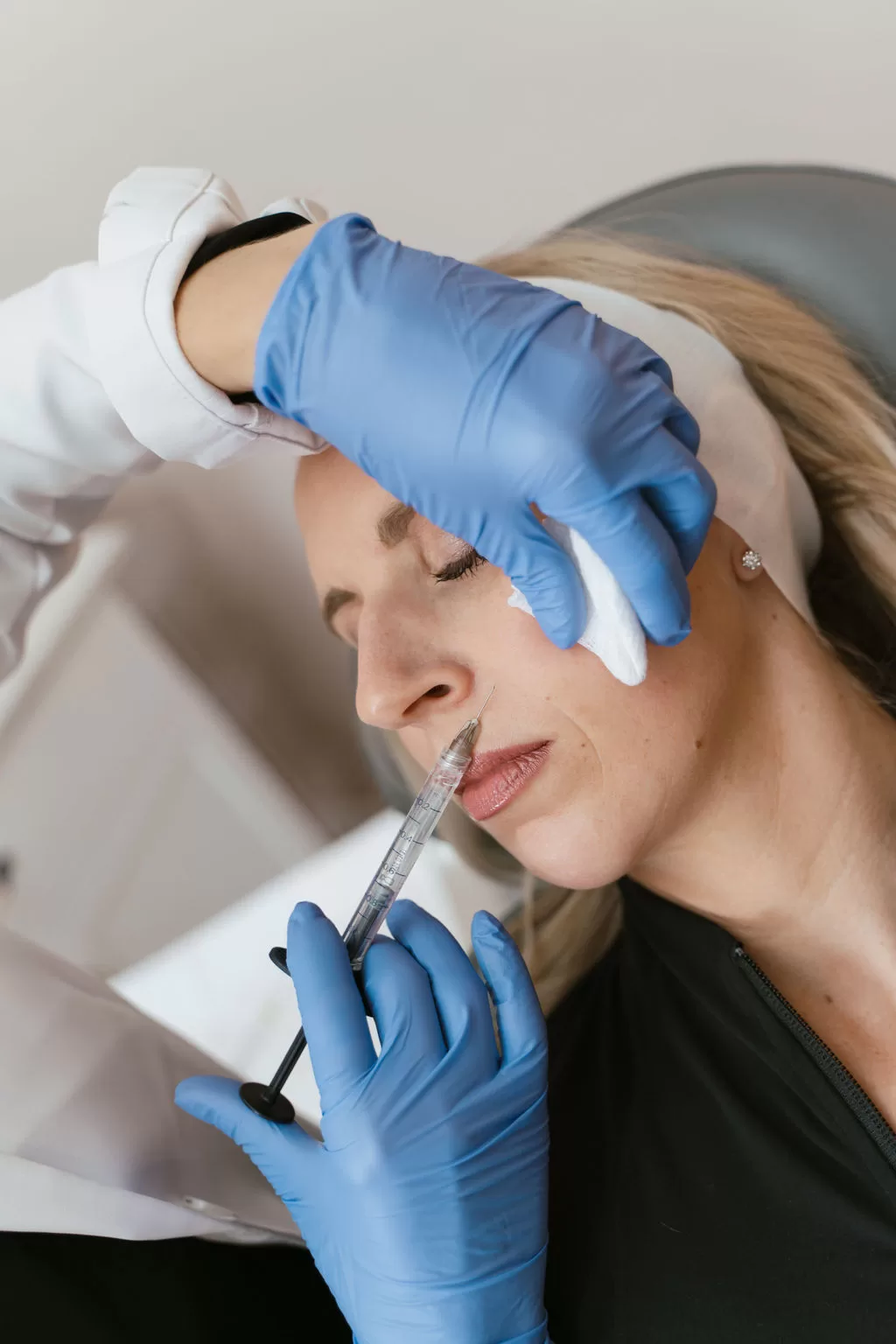
For those seeking longer-lasting results, Sculptra can be an excellent option. Sculptra stimulates collagen production, leading to gradual and sustained improvements that can last up to 2 years or more. This filler is ideal for those who want a more extended solution by encouraging the body’s natural ability to restore volume over time.
How long do lip fillers last?
Lip augmentation with fillers can last up to 12 months or longer with multiple treatments, as the high movement of the lip area often causes fillers to break down more quickly. Because the lips are involved in speaking, eating, and expressions, achieving the desired outcome may require up to three sessions, as fillers used initially may be compressed. Popular options for lip enhancement include Restylane-L, Restylane Silk, and JUVÉDERM VOLBELLA XC, which offer a natural and reversible look with their softer gel formulations. Restylane Kysse is a newer option that supports natural movement and expression, providing results that can last up to 12 months.
How long do chin fillers last?
Chin fillers provide volume and enhance the profile offering structural support with minimal movement. Using fillers like JUVÉDERM VOLUMA XC, Restylane Defyne, or Sculptra for chin augmentation—or a combination of these products—can offer results lasting 12 to 24 months with ongoing touch-ups. This approach achieves a well-defined chin profile admired by both men and women.
How long do under eye fillers last?
The under-eye area features thinner skin and less movement than other facial regions, impacting the duration of fillers. Typically, fillers in this area last between 6 and 18 months. Hyaluronic acid-based fillers, particularly for the tear troughs, can maintain results for up to 12 months or more. Restylane is commonly used under the eyes because its firm consistency supports the delicate skin effectively.
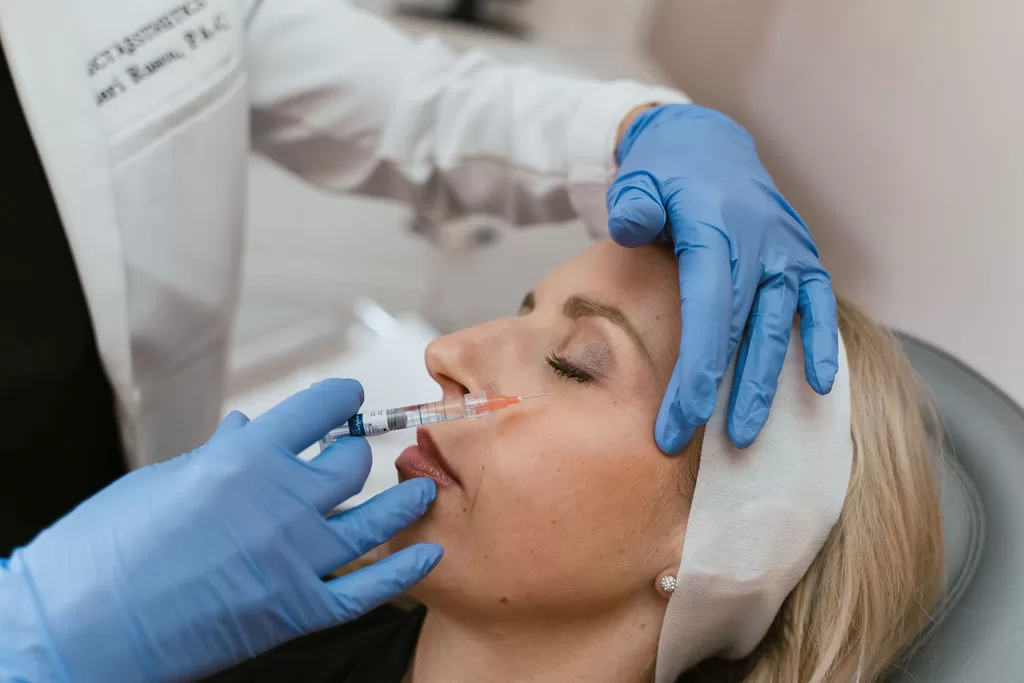
Poly-L-lactic acid fillers like Sculptra offer a different approach, as they stimulate collagen production rather than just adding volume. While less commonly used in the tear troughs due to their stimulatory nature, Sculptra can provide more gradual and long-lasting results, potentially extending beyond 2 years.
How long do fillers last at the corners of the mouth?
Marionette line fillers are used to smooth the lines that run from the corners of the mouth down to the chin, which can give a sagging or downturned appearance to the face. Marionette line fillers, such as Restylane Refyne and Restylane Defyne, typically last between 6 to 18 months, with Refyne providing results for 6 to 12 months and Defyne offering a longer duration of 12 to 18 months. JUVÉDERM fillers like Ultra XC offer similar durations. For those seeking longer-lasting results, Sculptra can provide effects that last up to 2 years or more by stimulating collagen production. The duration of fillers at the corners of the mouth varies based on factors like the filler type, individual metabolism, and the area’s movement.
How long do jawline fillers last?
The duration of jawline fillers varies from 6 months to 2 years, based on the product selection used to achieve your dream profile. JUVÉDERM VOLUX XC and Restylane Lyft last approximately 12 months, with touch-ups required every 6 to 9 months. Sculptra, however, can offer results lasting 2 years or more, with annual touch-ups recommended for upkeep.
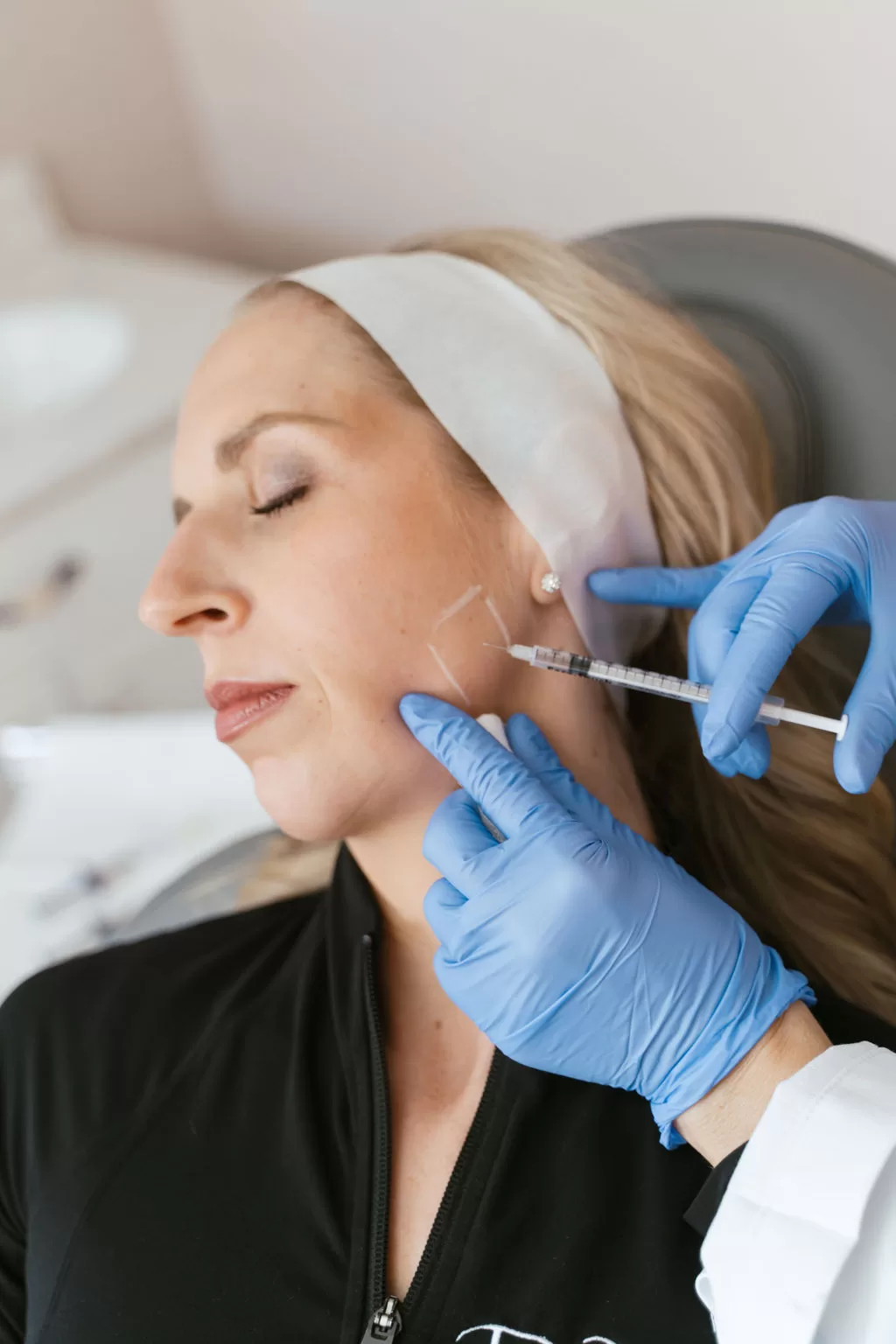
In summary, understanding the temporary nature of fillers and factors affecting their longevity helps manage expectations and achieve satisfactory results. Collaborate with us for a comprehensive, personalized treatment strategy, ensuring optimal and natural-looking outcomes.
GET IN TOUCH

